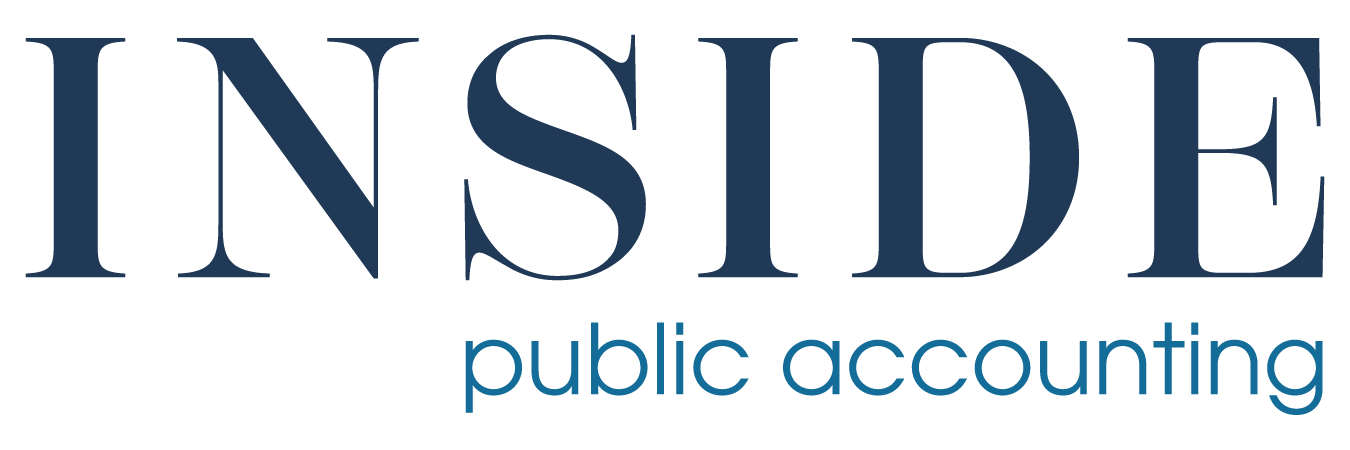
Charles Weinstein
By Charles Weinstein, CEO, Eisner Advisory Group LLC
The accounting profession has undergone unprecedented changes in recent years: new work models driven by the pandemic, game-changing technologies such as artificial intelligence and generational workforce differences. Yet, the traditional organizational model at most accounting firms has been largely undisturbed by these disruptive forces. In fact, the traditional accounting partnership model is essentially the same as it was in the mid-nineteenth century! If accounting firms are to remain relevant to the evolving needs of clients, employees and the public, firms need to at least consider whether adopting a different business model may be the right path forward.
Firsthand Knowledge
In July 2021, EisnerAmper received a strategic investment led by TowerBrook Capital Partners, a private equity firm. After several years of vetting other potential PE partners, we concluded that capital from an investment by TowerBrook would enable us to broaden our services, boost investment in talent and technology, and expand our geographic footprint. Most importantly, we felt TowerBrook was the best cultural fit and would be a great strategic partner.
Our partnership with TowerBrook has exceeded our expectations. The access to investment capital has enabled EisnerAmper to launch new practice areas – ESG, HR Outsourcing, Digital Health Services, and others – while pursuing a robust M&A strategy. Over the past 30 months, we have made 15 acquisitions throughout the U.S, doubling our staff to 4,000 across a range of disciplines, while increasing the firm’s revenues by more than 120%.
Types of Ownership on the Menu
Private equity may not be the right solution for every accounting firm. The best decision for a firm might be to steadfastly maintain its current ownership model. What is important, however, is for firm leadership to have an open mind to explore and evaluate innovative approaches to its business model in response to emerging opportunities and challenges.
For EisnerAmper, a PE affiliation meant a fresh source of capital and the ability for partners to unlock some of their hidden value in the firm. Partners now don’t have to wait decades to realize the ROI on their partnership equity. The firm also gains access to the experienced perspectives of the PE firm’s team, which can be valuable in assessing strategic opportunities, bolstering operations, crafting M&A deals and other critical management decisions. That said, the advisory side of the accounting firm does cede some measure of control to the PE firm, with the original partners owning a smaller slice of a potentially more valuable pie.
Wealth management firms, pension funds or sovereign wealth funds may also be potential partners for accounting firms someday. These forms of ownership would, theoretically, not be much different from PE. And the need to weigh the benefits to be derived from access to additional capital versus loss of control would likely be similar.
An employee stock ownership plan (“ESOP”) is another option that has been adopted by some accounting firms. An ESOP unlocks the equity value of a firm by facilitating the transfer of ownership to all employees, while maintaining control of the firm by the partners.
Another alternative is to sell stock to the public through an initial public offering. While only one accounting firm (CBIZ, Inc.) is currently publicly owned, it has a market capitalization of approximately $3.6 billion. A public listing reduces the ownership stake of the original partners, injects capital into the firm, and provides a medium of exchange (public shares) that can help facilitate acquisitions and be an attractive form of employee compensation. Conversely, in addition to board of directors oversight, as a public company the firm would also be subject to SEC scrutiny.
The War for Talent
Another key consideration is the competition for talent. Under the traditional accounting firm model, someone may work for 15-plus years to eventually make partner and then when they retire, only realize the value of their partnership stake, which may be substantially less than fair value under the private equity, ESOP and public company models. The traditional model seemingly has less appeal to our Gen Y and Gen Z colleagues who have much different perspectives on holding a single “job” over several decades. PE, ESOPs and public companies allow for different compensation models that can help attract and retain the talent necessary to grow current (and future) practice areas. It can also provide a hedge against a “seller’s market” for talent.
The AICPA’s CPA Horizons 2025 Report found overwhelming agreement that the accounting profession’s core purpose remains: “Making sense of a changing and complex world.” As global economies become ever more intertwined, new technologies disrupt traditional processes and practices, and new talents and skillsets are required, the need to make sense of complexity will only grow. As leaders of our profession, it is imperative we consider alternatives to our legacy business models that will enable us to provide added value for clients and our colleagues, a rewarding work experience for employees, and a pathway to innovation and growth in a changing environment.
There’s that operative word again: consider. You may find an ownership model change is unnecessary. But is incumbent on leaders to consider alternatives that will create the best growth trajectory for their firms and create the most career advancement opportunities for staff. Choice is good for clients, the profession and the economy. I much prefer living in a marketplace where I have a choice – whether that’s the car I drive, the flavor of ice cream I enjoy or our firm’s ownership model.
